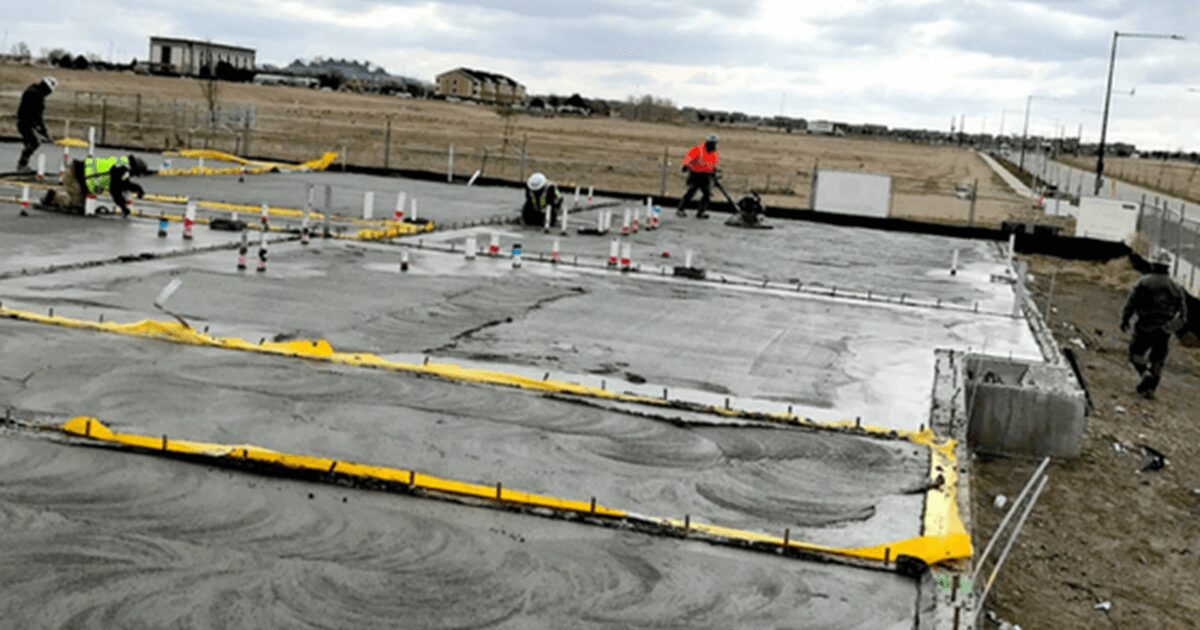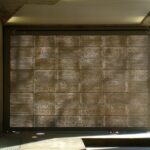Expert tips for curing concrete in hot temperatures
Curing concrete in high temperatures necessitates special care to ensure proper hydration and avoid problems such as premature drying, cracking, and diminished strength.
Here are some expert recommendations for curing concrete in humid weather:
Start early and plan:Commence concrete placement and finishing in the early morning or late evening when temperatures are milder. To minimize the danger of rapid moisture evaporation, avoid pouring concrete during the hottest part of the day.
Install Sunshades or Windbreaks: Install sunshades or windbreaks to protect newly laid concrete from direct sunlight and drying gusts. This helps to maintain a more conducive environment for curing and decreases the rate of moisture loss.
Techniques for Retaining Moisture: Employ techniques for retaining moisture to prevent the rapid evaporation of water from the concrete surface. These are some effective methods:
Fogging or Sprinkling: Lightly sprinkling the surface with water at regular intervals during the initial curing stages can help maintain the concrete’s moisture content. Be careful not to overwater and cause surface erosion or concrete deterioration.
Damp Coverings: Create a moisture barrier by covering freshly poured concrete with damp burlap, cotton mats, or geotextile fabrics. Maintain a moist environment throughout the curing period by consistently wetting the covering.
Chemical Curing Compounds: Apply liquid membrane-forming curing compounds to the surface of the concrete to create a transient moisture seal. These compounds aid in moisture retention and appropriate hydration.
Temperature Control:Use chilled combining water or ice to reduce the initial temperature of the concrete mixture. This serves to combat the high ambient temperature and slows down the process of hydration.
Adequate concrete cover:During placement, observe the temperature of the concrete and ensure that it remains within acceptable parameters. Avoid using water that is excessively heated or aggregate that has been stored in direct sunlight.
Avoid rapid surface drying: Consider incorporating specialized admixtures, such as hydration stabilizers or set retarders, to prolong the setting time and provide additional protection against rapid drying.
Cover Concrete: Ensure that the concrete is adequately covered to shield it from direct sunlight and hot air. This minimizes surface temperature fluctuations and decreases the likelihood of thermal fracture.
Avoid Rapid Surface Drying: Avoid activities that increase evaporation, such as using high-speed blowers or applying direct heat to the concrete, to prevent rapid surface drying. Maintain a humid surface environment as much as feasible.
Monitor and Maintain Moisture: Regularly monitor the concrete’s moisture content using moisture meters or by visually examining the surface. If the concrete begins to dry out, reapply moisture through fogging, damp coverings, or the application of additional curing compound.
Extend the Curing Period: In hot weather, it is advantageous to prolong the standard duration of the curing period. Consider using damp curing techniques for several days or even weeks to ensure optimal hydration and development of strength.
Keep in mind that the specific conditions and requirements may vary depending on the undertaking and concrete mixture used. Consultation with a qualified engineer or concrete expert who can provide advice tailored to the specific situation and project requirements is essential.
Disclaimer: This content is provided solely for your review. Erusu Consultants takes no liability for this article. The reader is advised to form their own opinion. Please consult a structural engineer before making any final decisions.






